The Fossil Fuel Industry Continues Producing Heat-Trapping Emissions that Drive Climate Change
Union of Concerned Scientists
APRIL 4, 2024
As I show below, their cumulative emissions have continued to rise over the decades even as international efforts to confront climate change have been enacted through the United Nations Framework Convention on Climate Change and the Paris Agreement. I’ve marked these important years with dotted lines in Figure 2.


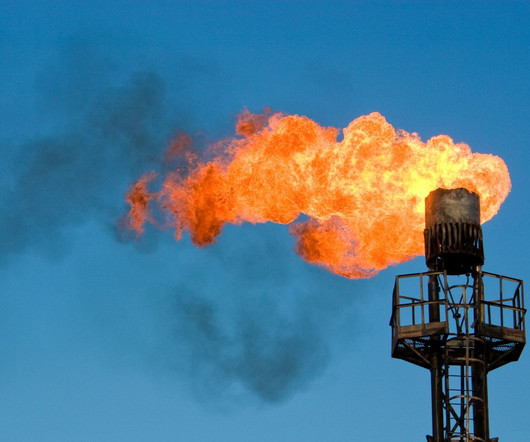
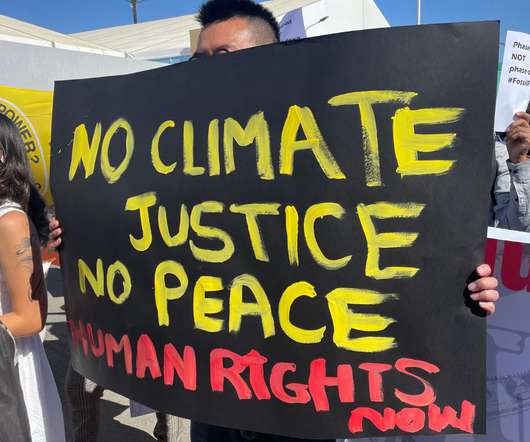

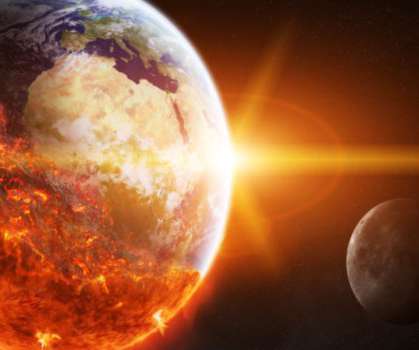
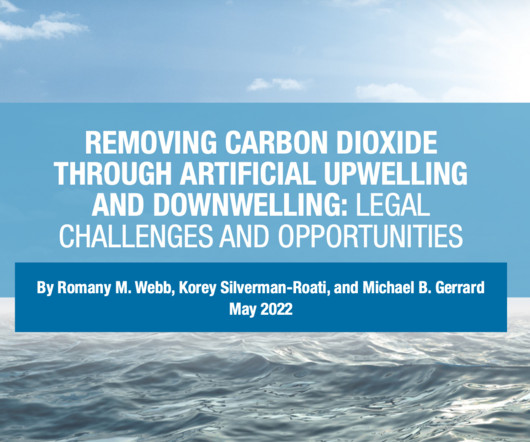

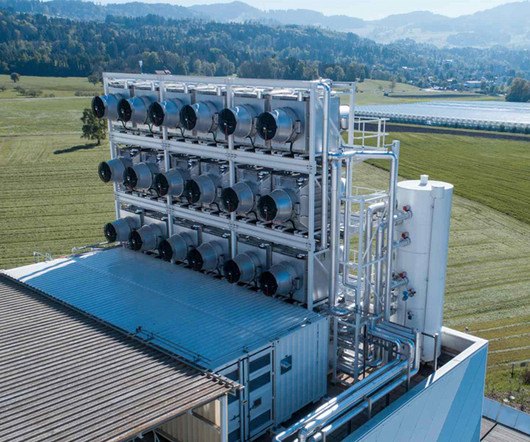


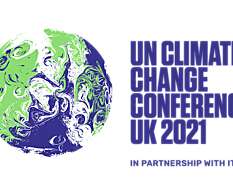













Let's personalize your content